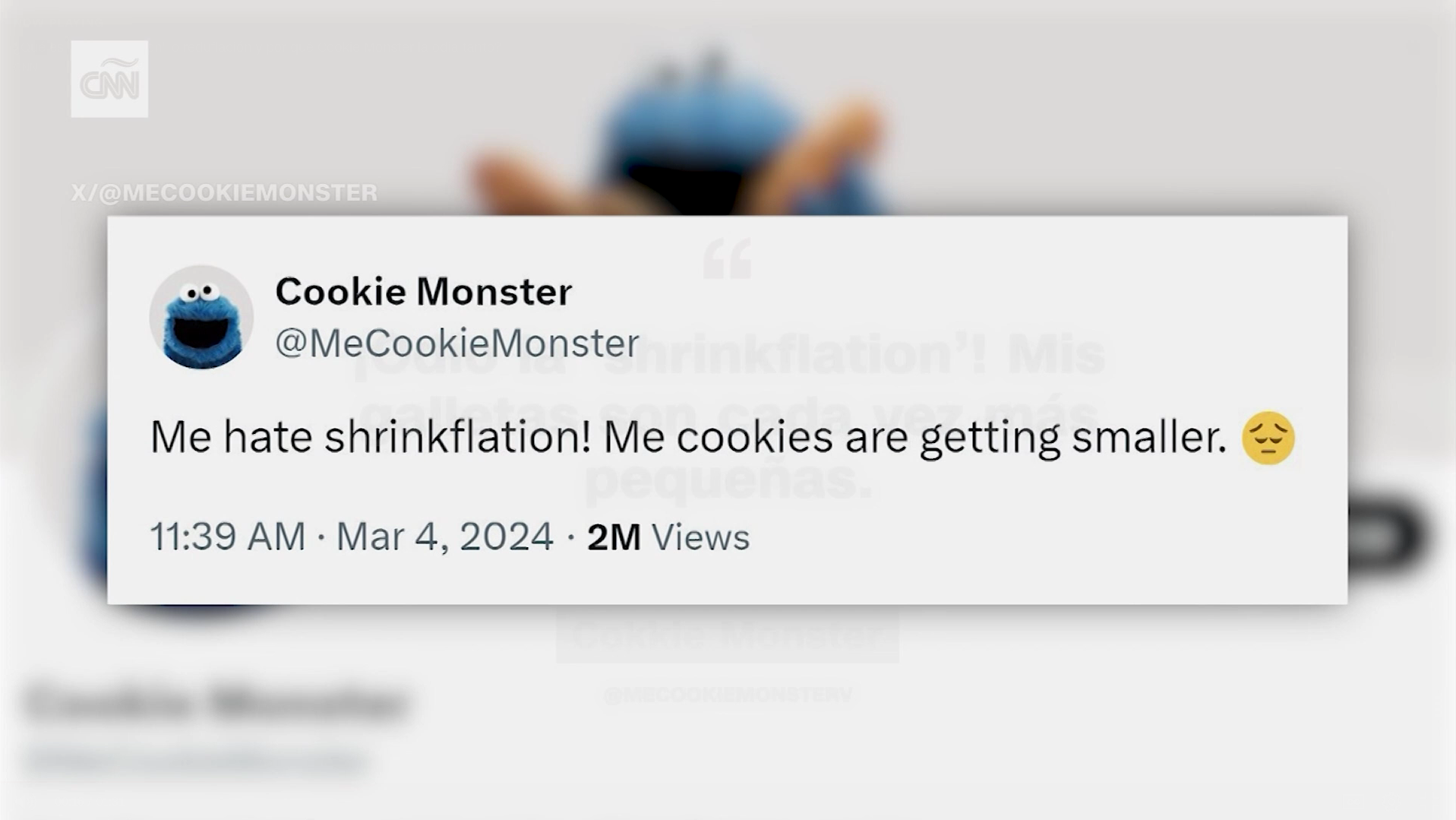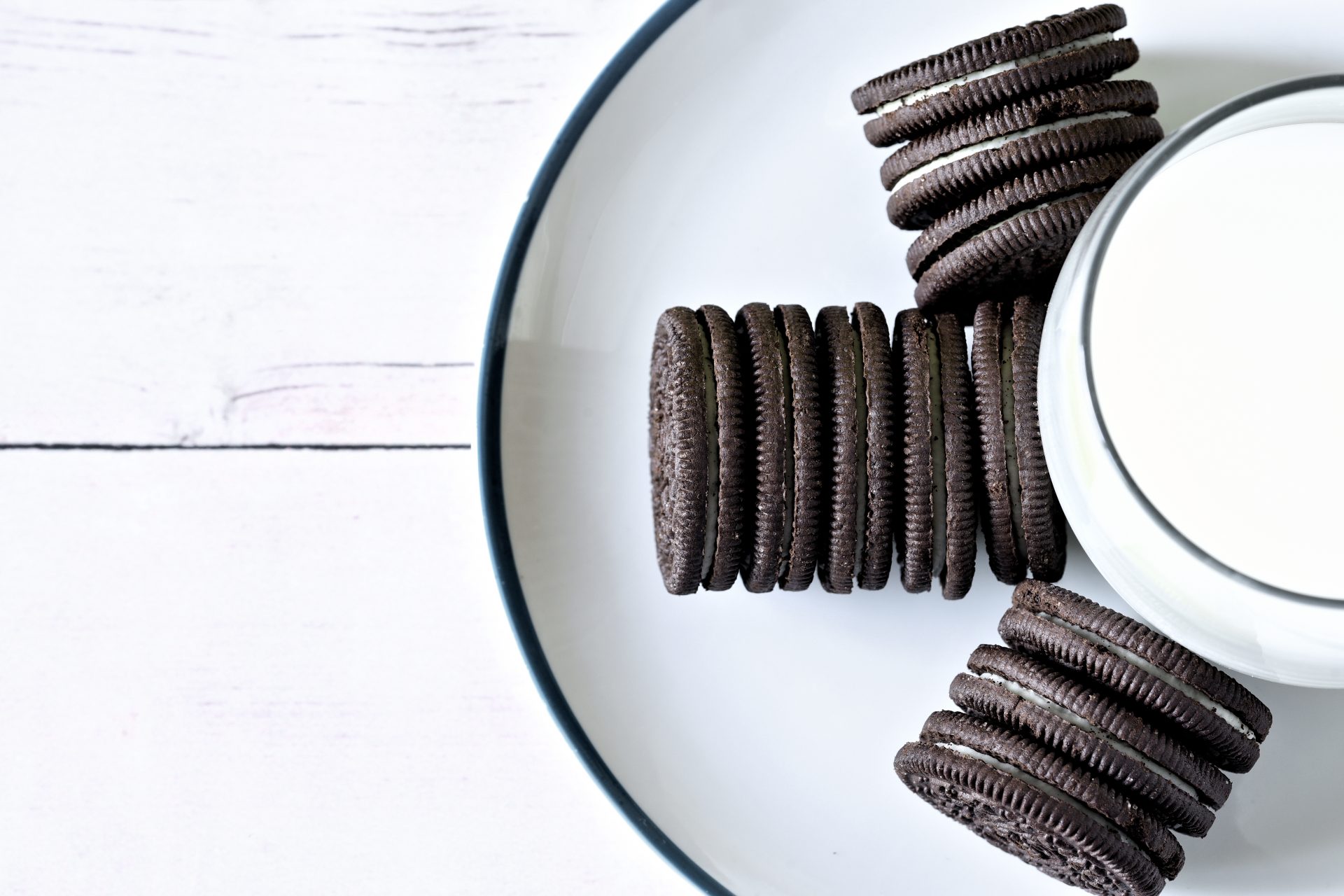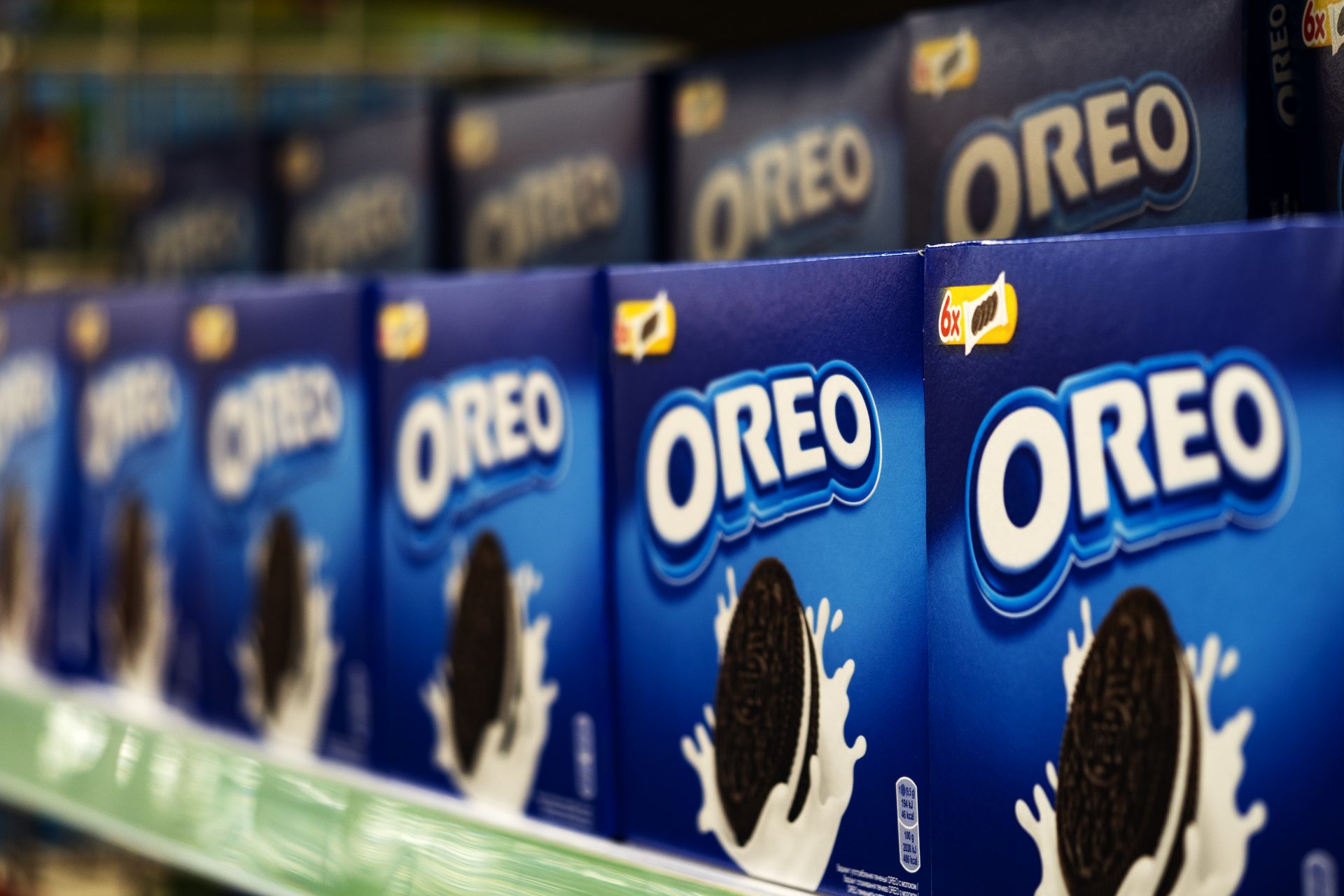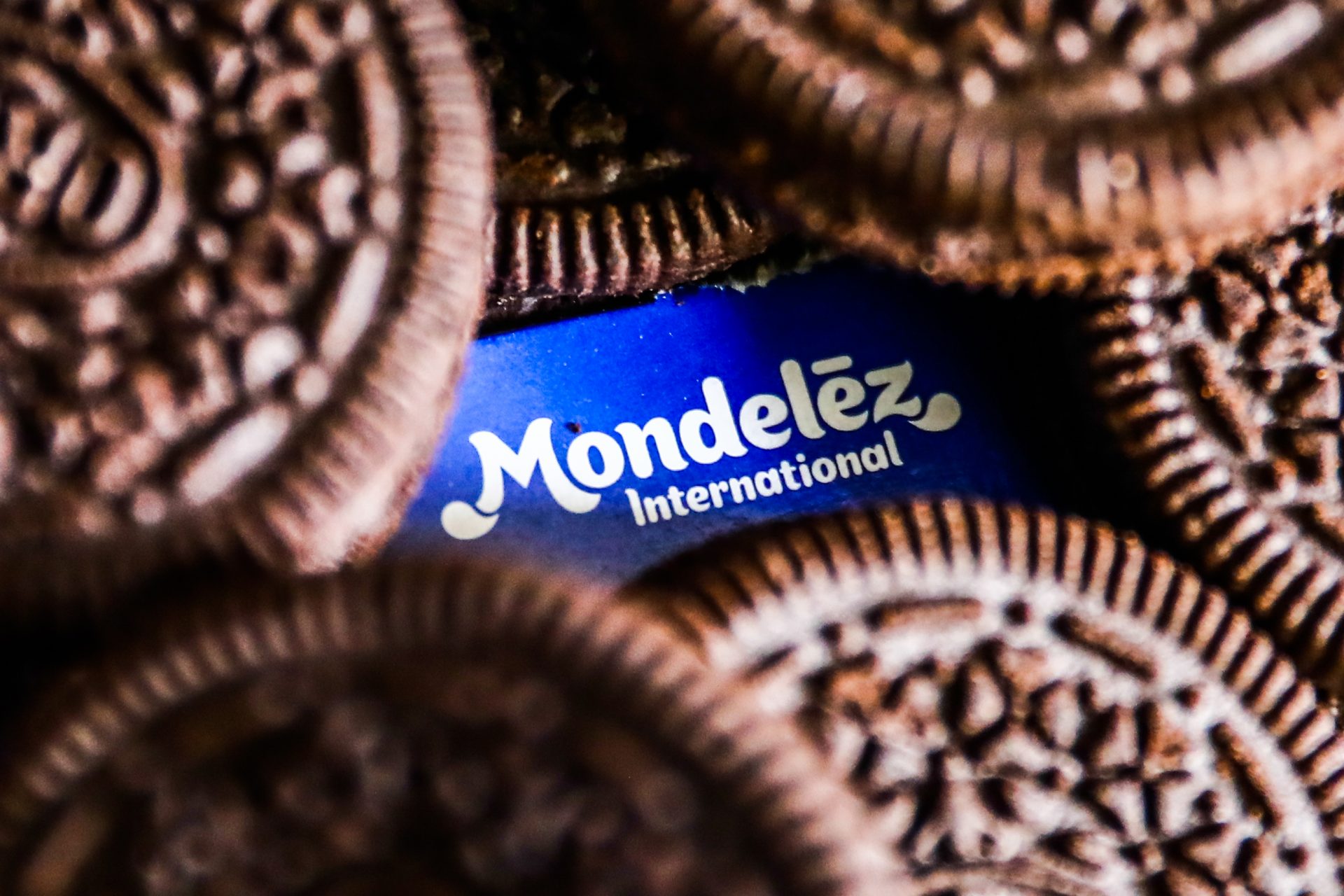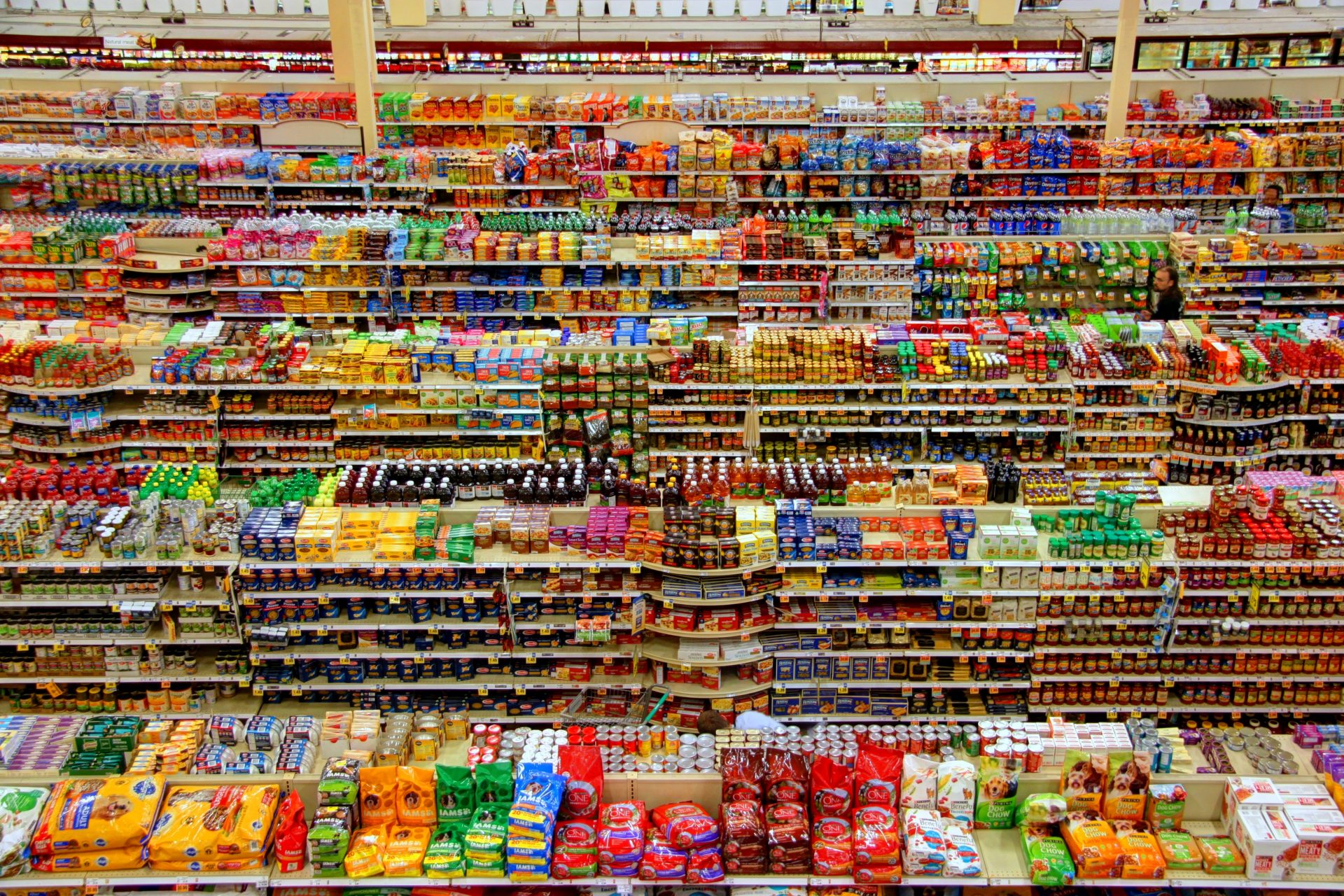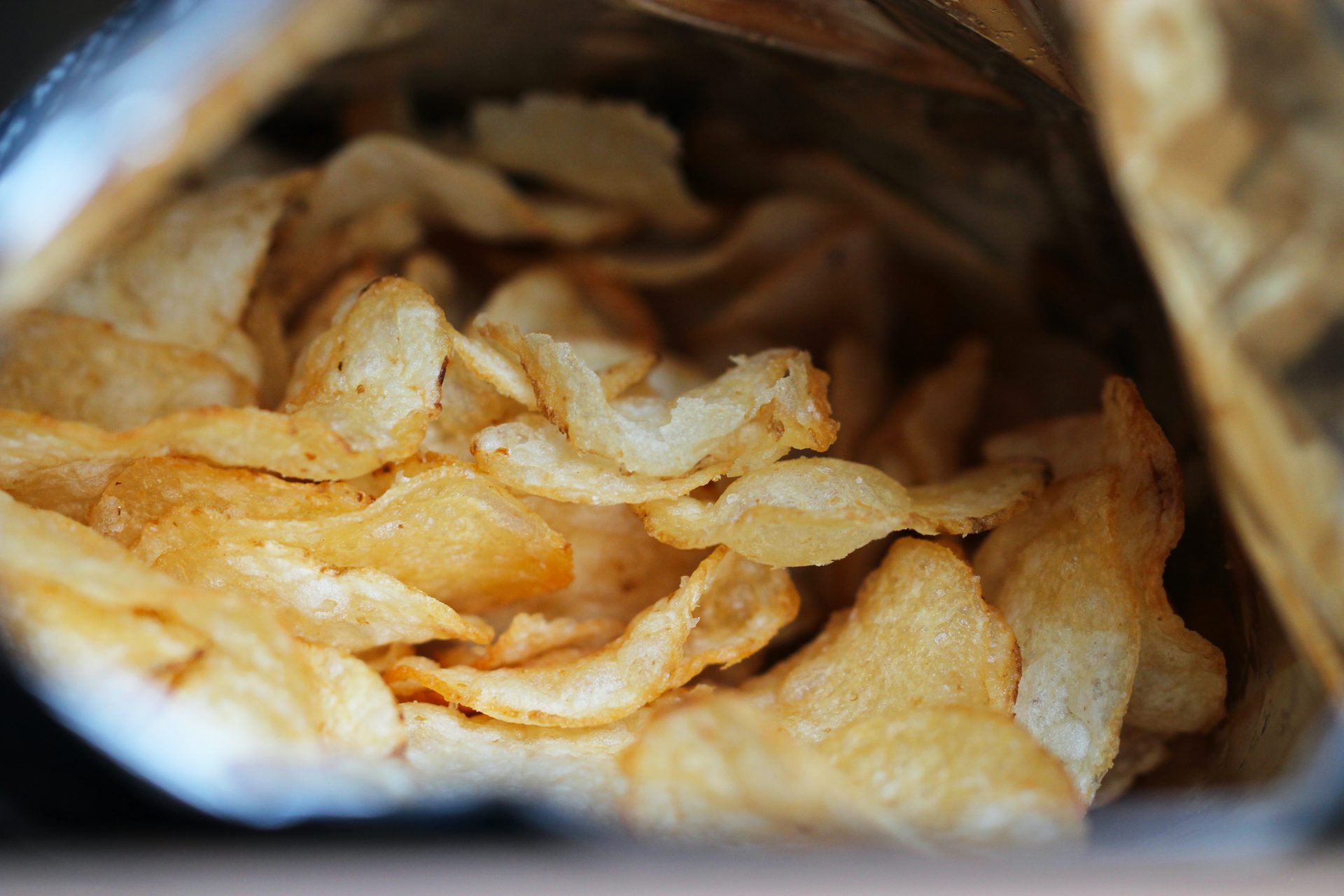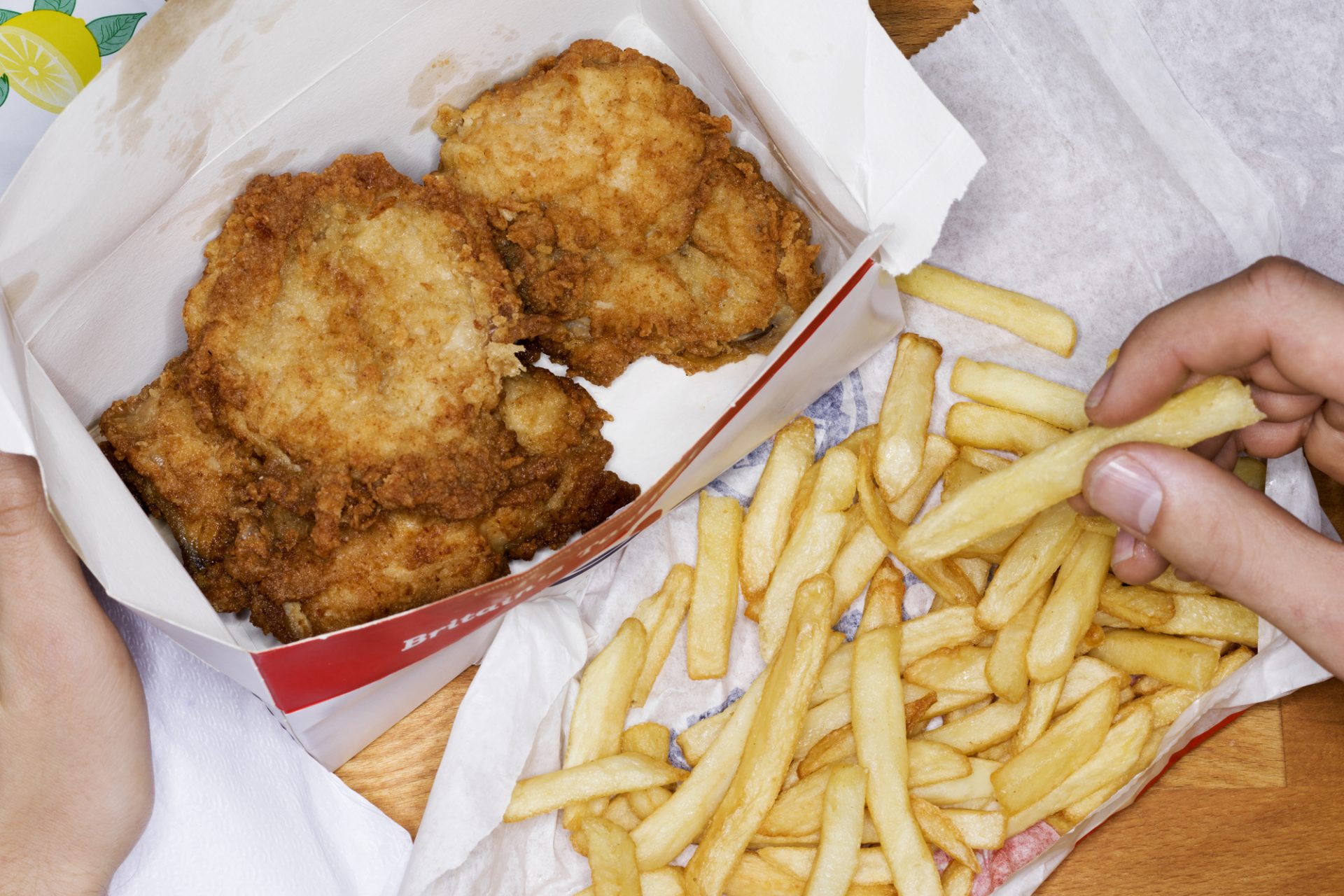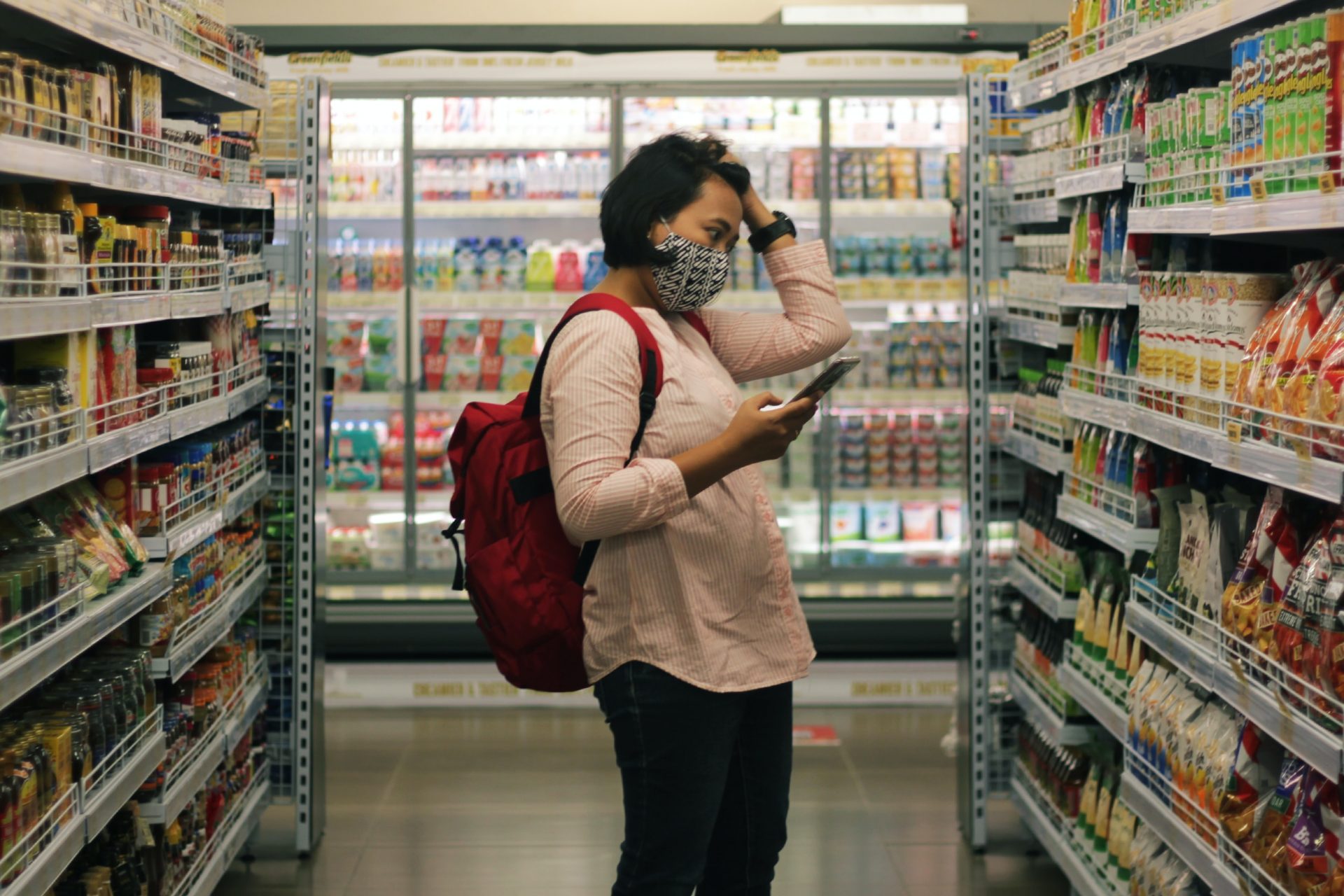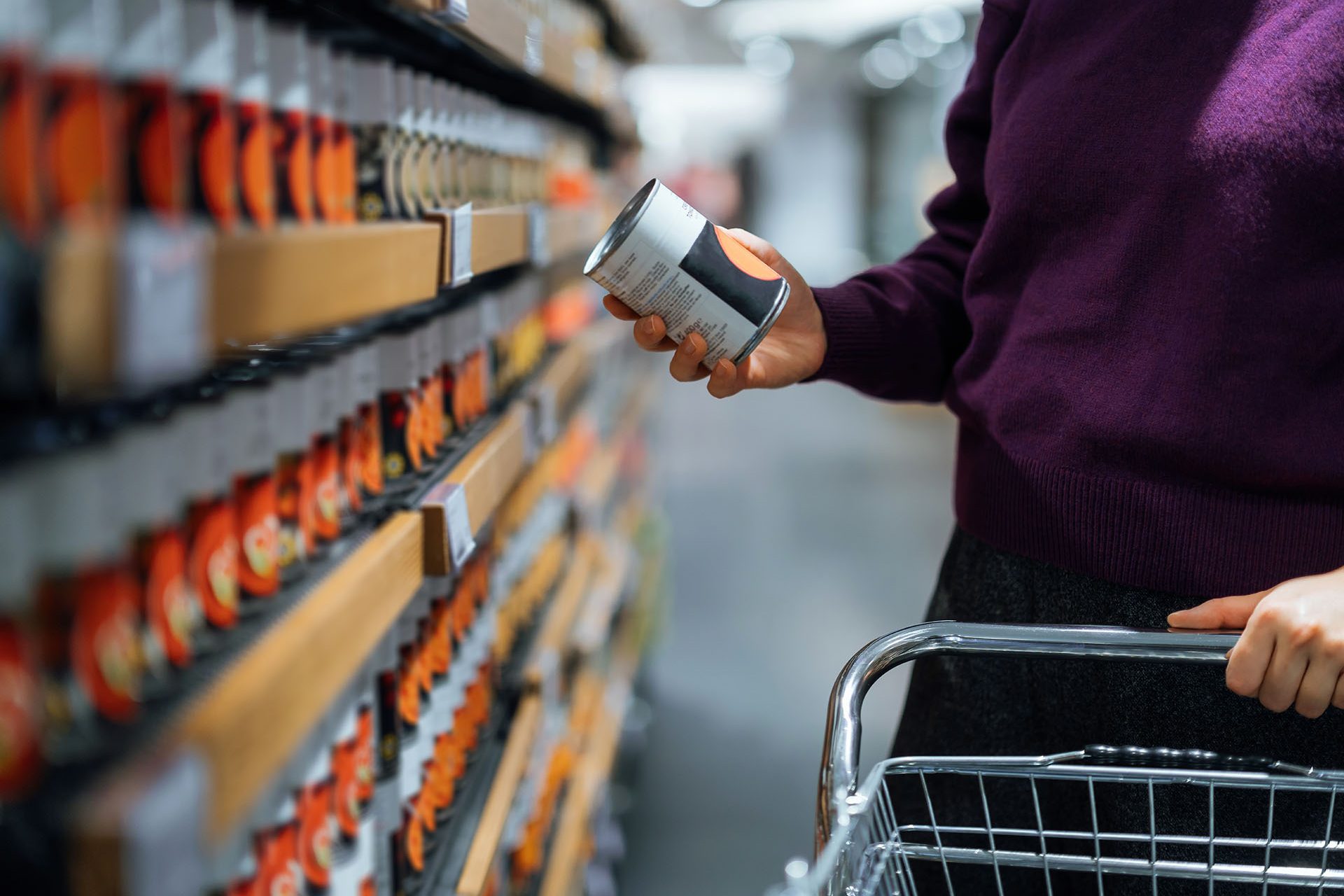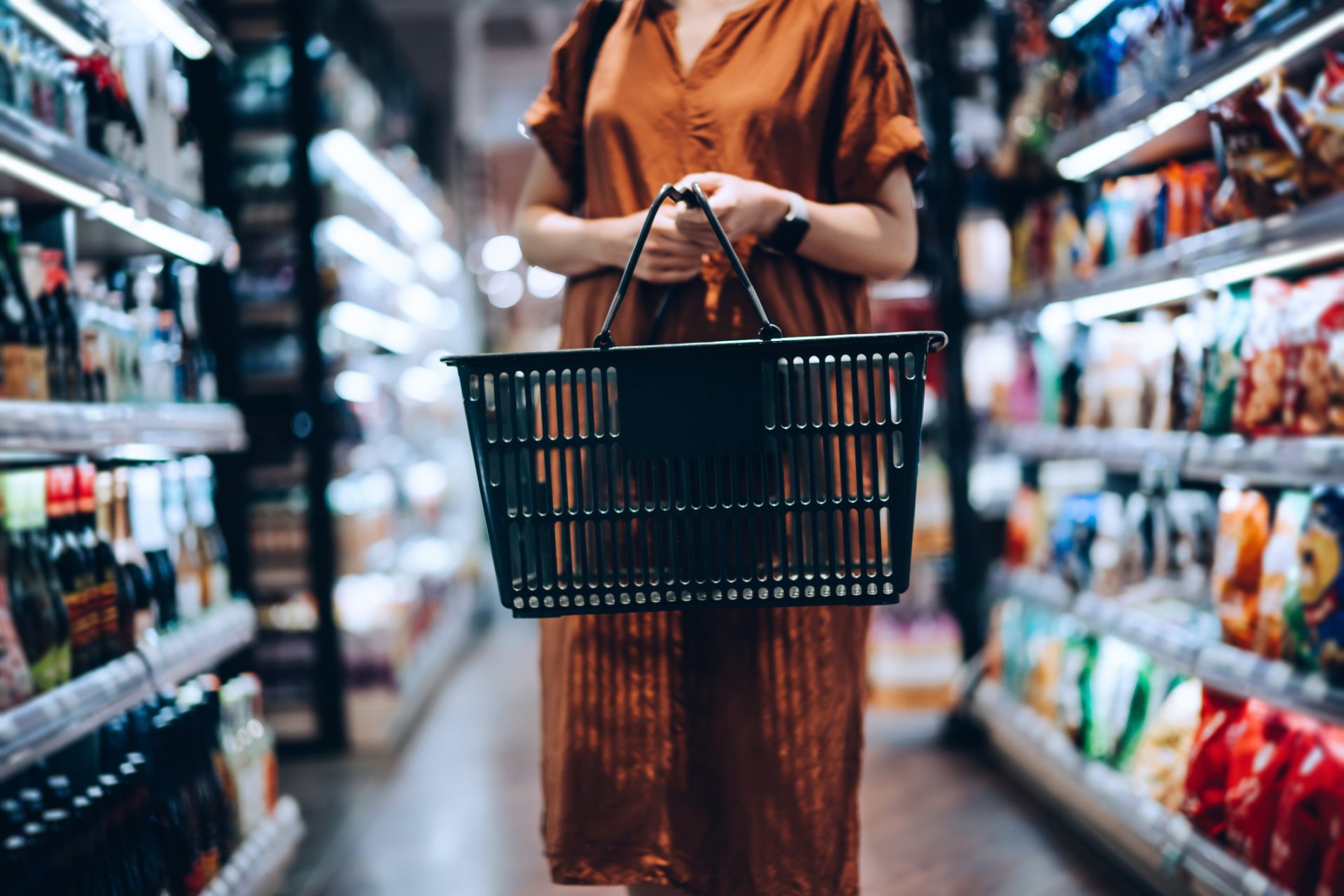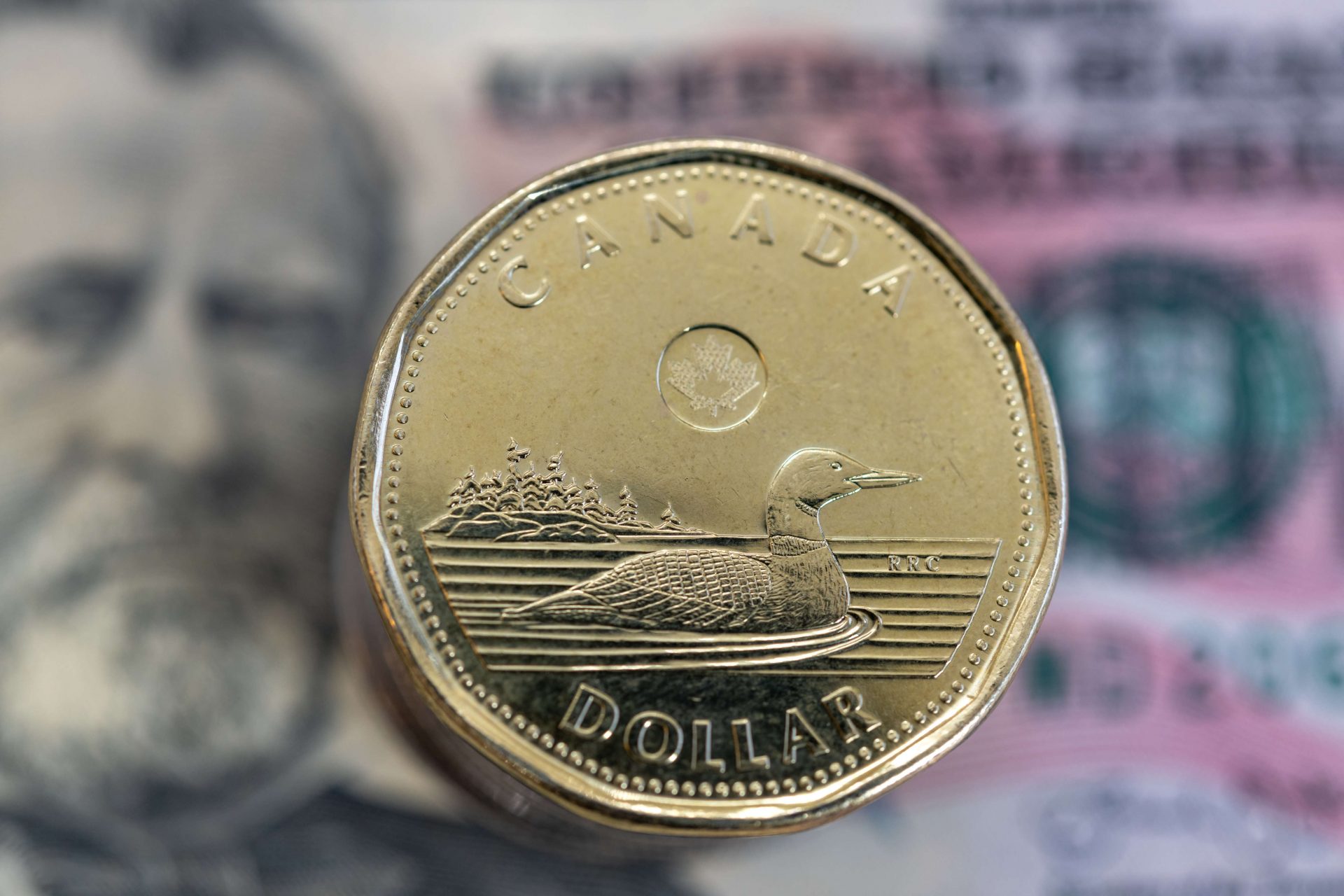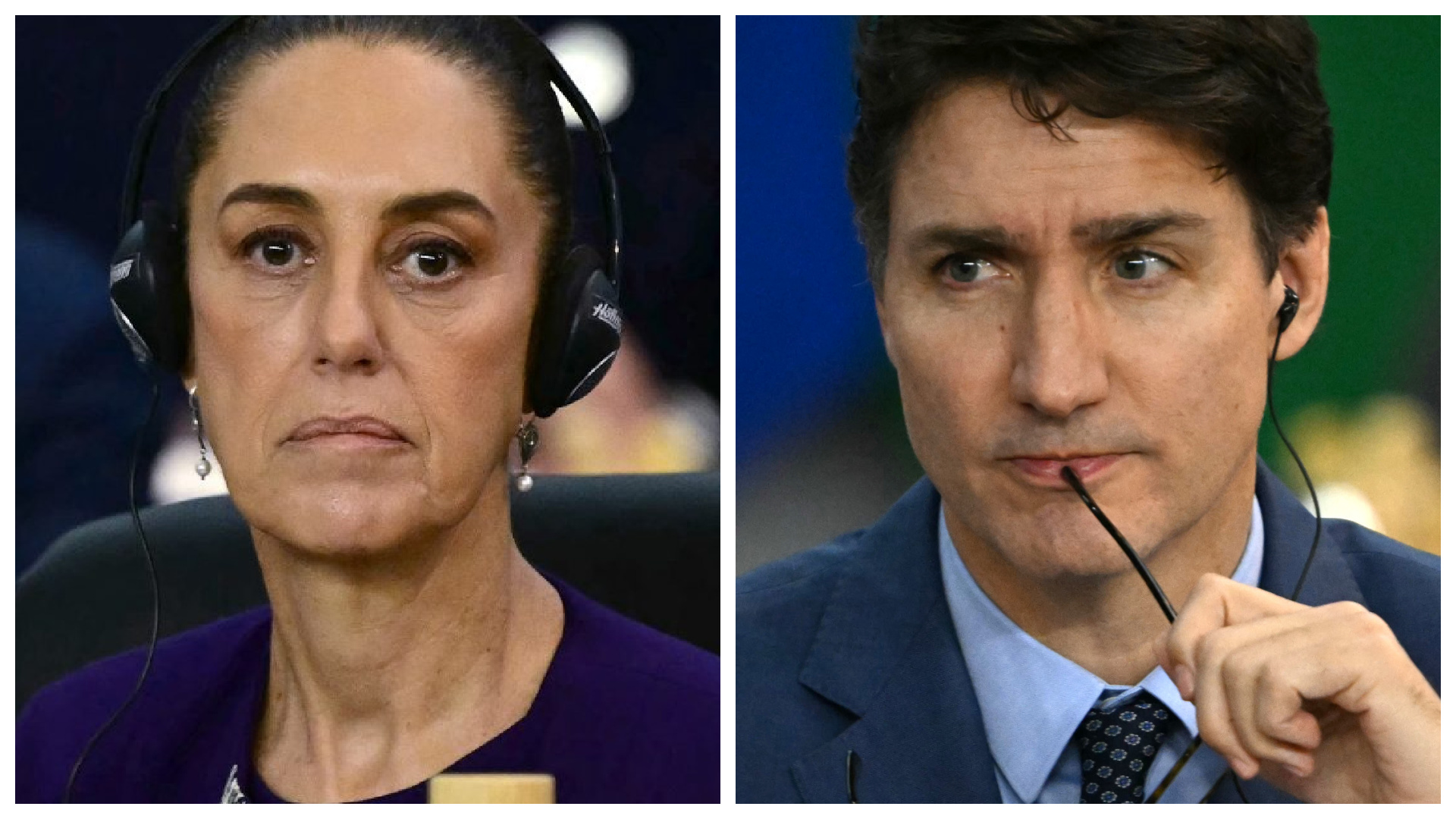Shrinkflation: How the food industry is quietly ripping you off
Have you ever felt that the packages in the supermarket are getting smaller, but the price is the same? It’s not all in your mind, you could be a victim of ‘shrinkflation’!
The financial website Investopedia explains that shrinkflation is the practice of reducing the quantity of a produce while keeping the same price, particularly with food and beverages.
By doing this companies are able to increase the profit margins while maintaining the illusion that it’s just business as usual.
Shrinkflation is, in other words, a hidden form of inflation. According to Investopedia, customers are more sensitive to price over package downsizing.
Image: @adriendlf / Unsplash
Most people won’t notice a little shaving off in quantity here and there, but if they do, it could have a detrimental effect on the product over time, with buyers switching brands.
Shrinkflation has been a growing concern in the past years. In his 2024 State of the Union address, US President Joe Biden described it as one of the main problems affecting consumers in the United States.
On March 2024, children's television legend and long time Sesame Street resident, the Cookie Monster lashed on social media X (formerly Twitter) his disdain for shrinkflation.
Image: CNN
The Wall Street Journal reported back in November 2023 the biggest 'Shrinkflation' scandal to date, Shane Ransonet claims that Oreos are quietly skimming off the amount of their iconic cream on each cookie.
Ransonet is not alone in his complaint. Several people have gone online to complain about thinner layers of cream and even pointing out that the newer packages display less overall weight.
Mondelez, the maker of the iconic cookie sandwich, denied The Wall Street Journal's claims that the amount of filling had been altered. However, it did point out that the company have been dealing with the rising prices of sugar and cocoa.
However, Oreo cookies are just the latest suspect in an ongoing trend in consumer goods.
Image: @pvsbond / Unsplash
According to The Guardian, the most common cited product suffering shrinkflation in the UK were jars of jam, going from 500 grams to 375 grams without a parallel price reduction.
Image: @jonathanpielmayer / Unsplash
A poll by YouGov reveals that most US people have mainly noticed shrinkflation in snack food, dry goods such as rice or cereal, and paper goods, such as a toilet paper.
Image: @edoronila / Unsplash
However, shrinkflation could be present in all sorts of products: From coffee cans to soap bars and from chip bags to toothpaste.
This phenomenon isn’t limited to what you buy in a grocery store. Business Insider comments that this has also affected fast food restaurants. From the number of chicken nuggets you get to the size of the burger patties.
NPR highlights that while shrinkflation itself isn’t new, the accelerating process in which it has become commonplace is a concerning sign of the state of the economy.
According to CNBC, 62% of consumers were worried about shrinkflation. However, there are ways you can learn to detect it.
Here are a few tips on how to keep an eye on possible signs of shrinkflation.
Image: @vikimo / Unsplash
According to Investopedia, one of the best ways to spot shrinkflation is in a package redesign. It’s important to keep an eye exactly what’s the price and volume of the things we buy.
CNBC recommends comparing prices with rival brands and see which ones offer the best relation between price and quantity.
Meanwhile, the YouGov poll points out that nearly half of US people decided to buy generic products over name-brands once they noticed the shrinkflation.
Ultimately, the decision how to handle this is yours. Just remember to keep an eagle eye on product sizes the next time you go to the supermarket!
More for you
Top Stories









